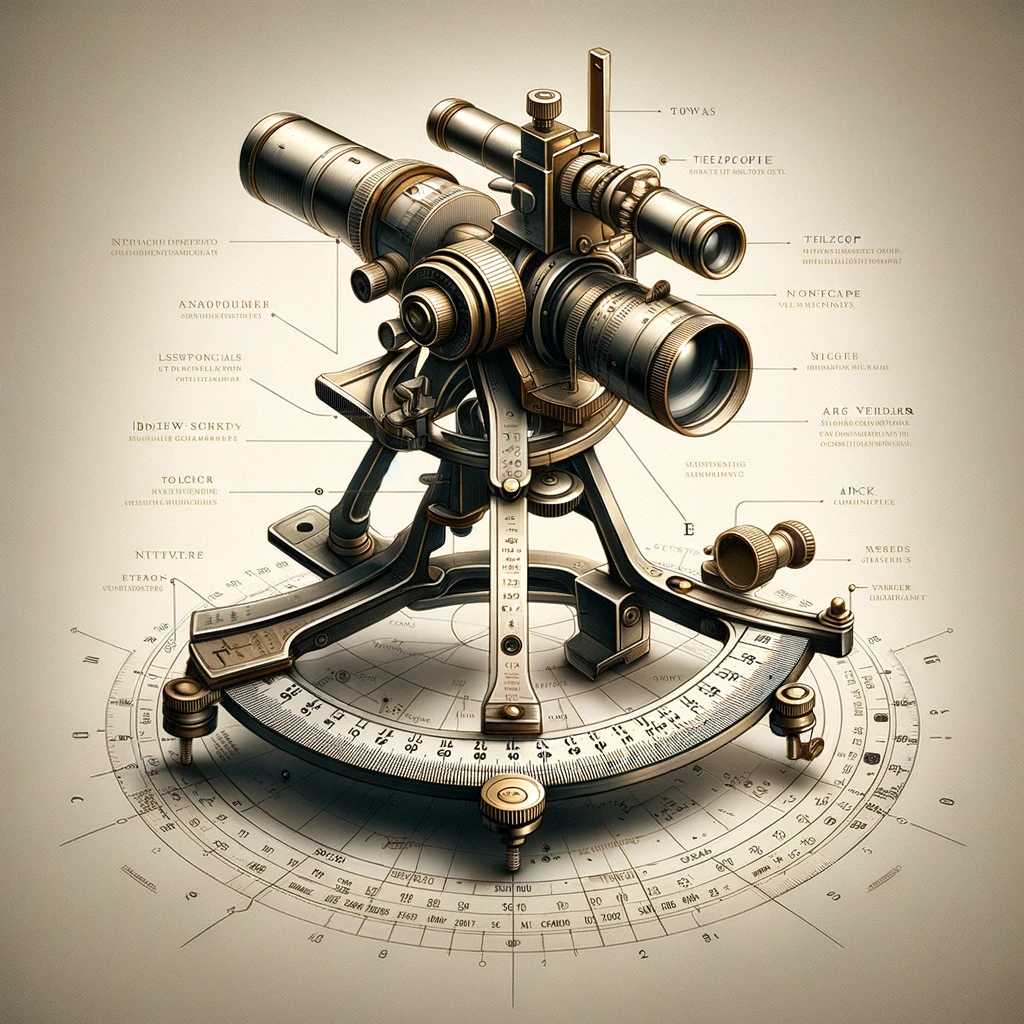Waves of Steel
Aboard the “Voyager,” an old but majestic research vessel, James, a naval engineer with saltwater running through his veins, and Mia, a marine biologist with eyes as deep as the ocean she studies, found themselves thrown together. James, who had spent more years at sea than on land, was tasked with keeping the aging heart of the “Voyager” beating, while Mia was there to unlock the mysteries of the deep.
Their work often brought them together, James’s practical knowledge of the vessel’s workings complementing Mia’s scientific pursuit. Over time, the cramped quarters of the ship and the endless expanse of the sea around them fostered an unlikely camaraderie.
One evening, as a storm raged around them, James found Mia on the deck, her gaze lost to the tumultuous waves. The wind whipped her hair around her face, and the sea spray mingled with the tears on her cheeks. She didn’t hear him approach over the roar of the wind and waves.
“What are you doing out here?” James had to shout to be heard. “It’s dangerous!”
Mia turned to him, her expression fierce yet vulnerable. “I could ask you the same! The sea doesn’t scare me, James. It’s everything else that does.”
James stepped closer, the storm seeming to encircle them in a world of their own. “What ‘everything else’?” he asked, his voice softening.
Mia sighed, looking back at the raging sea. “The uncertainty. Here, on the ocean, I know who I am and what I’m fighting for. But the thought of the land, of a life anchored in one place, terrifies me.”
James nodded, understanding more than she realized. “The sea is predictable in its unpredictability. You learn to navigate its moods, to respect its power. Maybe… maybe it’s not so different with love.”
Mia turned to face him again, a question in her eyes. “Love?” she echoed, the word almost lost to the wind.
James took a step closer, his voice barely above a whisper now. “Yes, love. It’s like the sea. Deep, unpredictable, but… it’s where I find my direction. Mia, being with you, it’s like finding a new compass bearing, one I didn’t know I was searching for.”
Mia’s eyes searched his, finding in them a reflection of her own hopes and fears. “And if this storm throws us off course?” she asked, her voice trembling not from the cold but from the intensity of the moment.
James reached out, his hand finding hers, their fingers intertwining like two shipwrecks finding solace in each other’s ruin. “Then we navigate it together. We find our way by the stars, by each other’s hearts. Mia, with you, I’m ready to face any storm.”
The storm around them seemed to pause, as if the sea itself was holding its breath for their answer. And in that moment, with waves crashing against the “Voyager,” James and Mia found their souls anchored to each other, discovering a love as deep and as unpredictable as the sea itself.
“Navigating the sea of love requires the right tools. Luckily, our hearts found their sextant to chart the course.”

The invention of the sextant is attributed to John Hadley (1682–1744), an English mathematician, and Thomas Godfrey (1704–1749), an American inventor, who independently developed the device in the early 18th century. The sextant’s precision in navigation marked a significant advancement over the earlier astrolabe and the backstaff. What makes the sextant particularly interesting is its role in the age of exploration and its critical contribution to the ability of sailors to navigate vast oceans with greater accuracy. This tool was vital in mapping the world’s oceans and discovering new lands, playing a pivotal role in maritime history. Its use in determining longitude at sea, especially when used in conjunction with a reliable clock, was a major breakthrough in safe and accurate sea travel, reflecting the themes of exploration and discovery found in “Waves of Steel.”